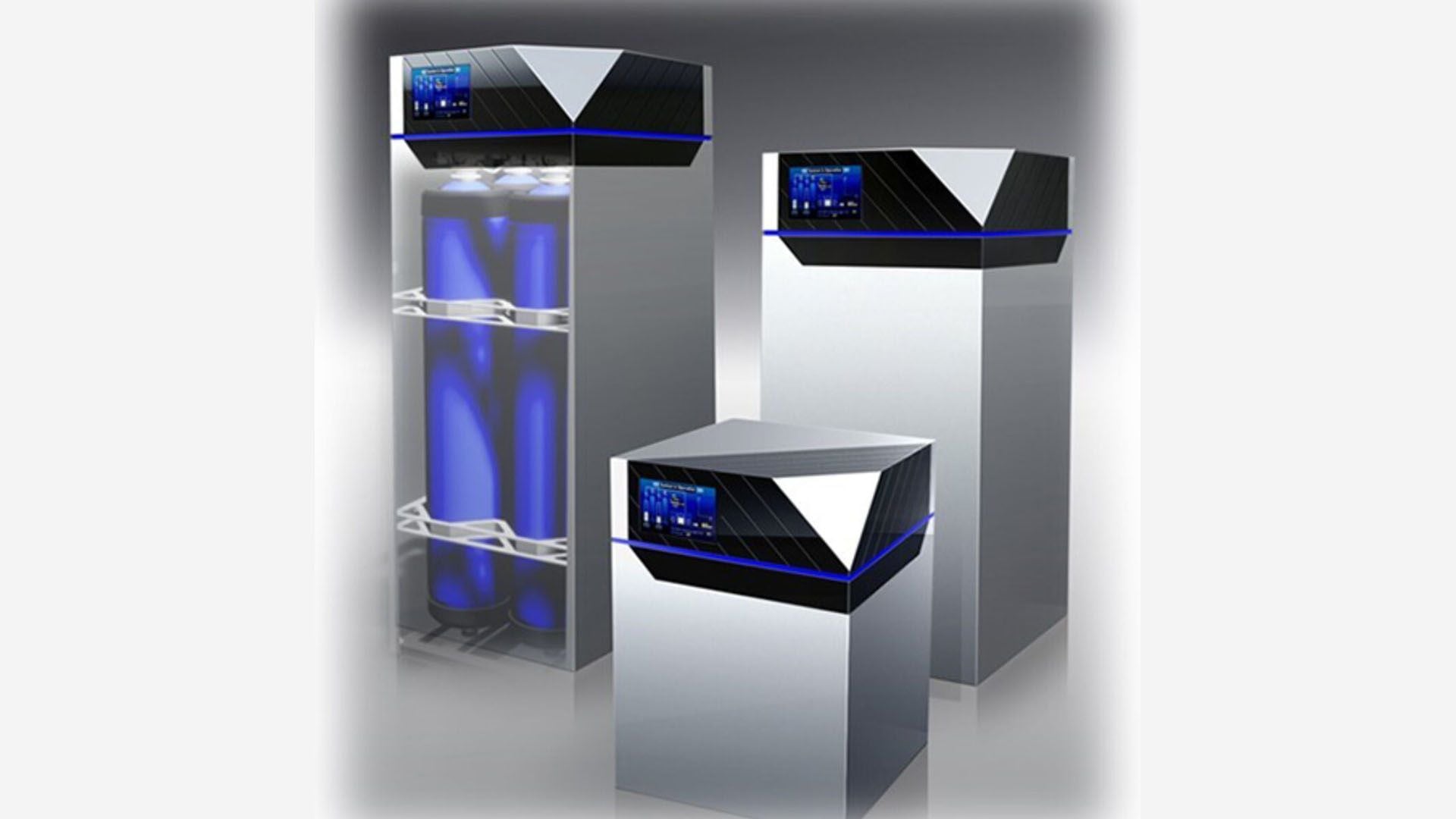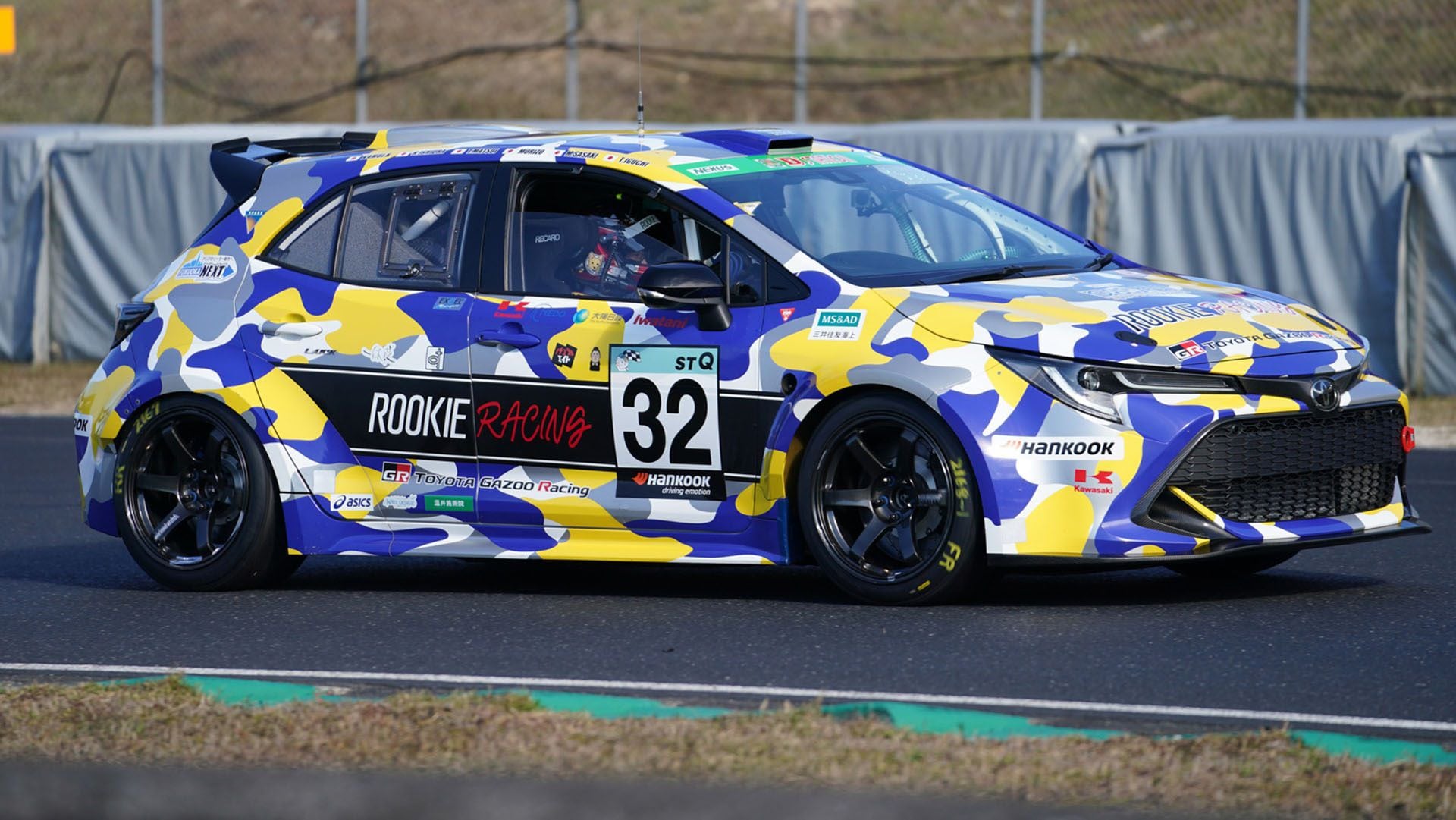
One of the major problems that hydrogen has in order to be used as a fuel for the new sustainable mobility is transport and storage. As it is much less dense than natural gas, hydrogen must be compressed much more to be deposited in the containers from which it can be extracted to generate direct combustion or to power fuel cells that drive an electric motor.
Toyota is one of the few factories that insists on the use of hydrogen for personal mobility in medium-sized cars, while other manufacturers in the industry have preferred to apply this fuel so abundant on the planet, but to mobilize transport vehicles, both medium and heavy.
The Toyota Mirai is the vehicle that is marketed for private use, with the technology of cells powered by hydrogen cells, but following the conceptual idea of Akio Toyoda, CEO of Toyota Motor Corporation, and a constant driver of the concept of not accusing the internal combustion engine of the emission of greenhouse gases, but carbon dioxide, the injection of hydrogen gas at high pressure into the combustion chamber of current combustion engines, is a project that is still under development.

To this end, the evolution of tank materials and designs for storing hydrogen inside a car, and for transporting it to charging stations or heavy transport, are a constant concern.
The latest development that has been completed is a module composed of several high-pressure resin tanks, capable of charging hydrogen at a pressure of 700 BAR or 70 MPa (megapascals), which is being presented this week at FC EXPO, the world's largest exhibition specializing in hydrogen and fuel cells. celebrated at Tokyo Big Sight, in the Japanese capital.

These modules are using the technology applied to the tanks that are already equipping the Mirai, and which have given excellent results, both in terms of safety and material quality and response to gas and its storage pressure. They also have a hydrogen detector and an automatic shutdown device. These high-pressure resin hydrogen tanks are receiving numerous applications for use in sectors such as railways, shipping and handling heavy loads in ports, but since they are still being evaluated and tested, they cannot be mass-produced to become a new form of propulsion. homologated.
At the same time, participation in Endurance competitions such as the Super Taikyu in Suzuka will continue this year, where Toyota will once again launch a hydrogen-powered vehicle injected directly into the internal combustion engine, while starting to look for new business partners to carry out further verification tests, since which maintain the premise of further expanding the use of hydrogen.

In this race, the car will also be equipped with the new high-pressure resin tanks to store hydrogen, as well as on the truck that supplies the gas it needs in refueling.
All these tests aim to provide greater safety for the use of hydrogen. Once this phase has been completed and the elements that facilitate its implementation have been developed, Toyota will undoubtedly be one step ahead of the rest of the industry in exploiting this completely natural and democratic element as a mode of propulsion of man.
KEEP READING
Últimas Noticias
Debanhi Escobar: they secured the motel where she was found lifeless in a cistern

The oldest person in the world died at the age of 119

Macabre find in CDMX: they left a body bagged and tied in a taxi
The eagles of America will face Manchester City in a duel of legends. Here are the details

Why is it good to bring dogs out to know the world when they are puppies




